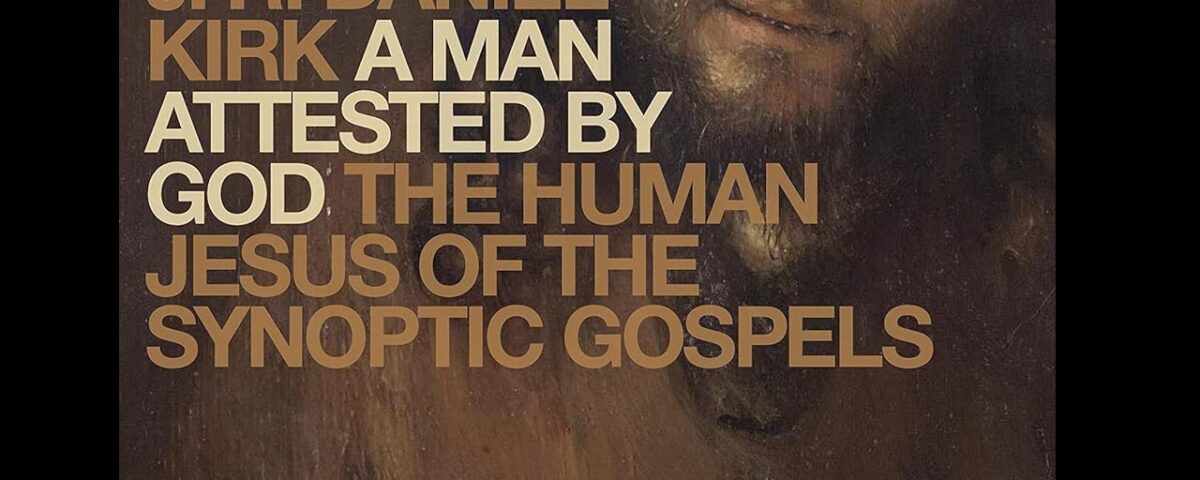
Speaking for and as God
December 5, 2024
Firstborn over all Creation
January 2, 2025People as God in Judaism

Kirk, A Man Attested by God.
Jesus and the Scriptures of Israel
Many of the texts that this chapter explores can be interpreted as indicating Jesus’s divinity if certain measures are assumed (e.g., that the application of a YHWH text to Jesus indicates that Jesus is, in some sense, the God of Israel). And yet, the capacious realm of possibility opened up by the idealized human paradigm enables an alternative set of conclusions. While at times this chapter points to an explicit indication that idealized human Christology is intended by the author in the scriptural citations (such as Luke’s paradigmatic statements in the final chapter of his Gospel), the more common approach will be to demonstrate that early Jews deploying or hearing scripture in the manner we find in the Synoptic Gospels (and Acts) could well use such deployments to characterize an ideal, human messiah.
There are examples outside the New Testament of early Jewish interpretations of scripture in which passages that originally spoke about God have been applied to an idealized human figure. Three examples of this come from Qumran. First, in the Habakkuk Pesher, the Teacher of Righteousness replaces God as the object of faith in Habukkuk 2:4: “Its interpretation concerns all observing the Law in the House of Judah, whom God will free from the house of judgment on account of their toil and of their loyalty to the Teacher of Righteousness” (1QpHab VIII 1-2).
A second example comes from a likely citation of Hosea 5:14 in 4Q166-67b. There, God’s words, “I will be like a lion to Ephraim and like a young lion to the house of Judah,” are ascribed to the priest: “For I will be like a lio[n to E]ph[ra]im [and like a lion cub to the House of Judah. Its interpretation con]cerns the last priest who will stretch out his hand to strike Ephraim” (4Q167 2, 2-3).3
Third, in 11QMelchizedek “the year of the Lord’s favor” (Isa 61:1) is rendered “the Lord of Melchizedek’s favor.” This and other evidence leads Carl Davis to conclude, “Application of such texts occurred both to divine and non-divine figures. . . .The evidence does show that one cannot claim that application of such passages necessitates a view that Jesus was divine or that the early Christians worked with a Trinitarian view of God, nor can one claim such application necessarily depends on viewing Jesus as God’s agent.”
Applying to other figures verses that originally referred to God is a daring move, but not necessarily so fraught as to suggest a transformation of the divine identity. Only interpretation of the passages cited within their new contexts can determine the relationship between God and the other figure in each given instance.

